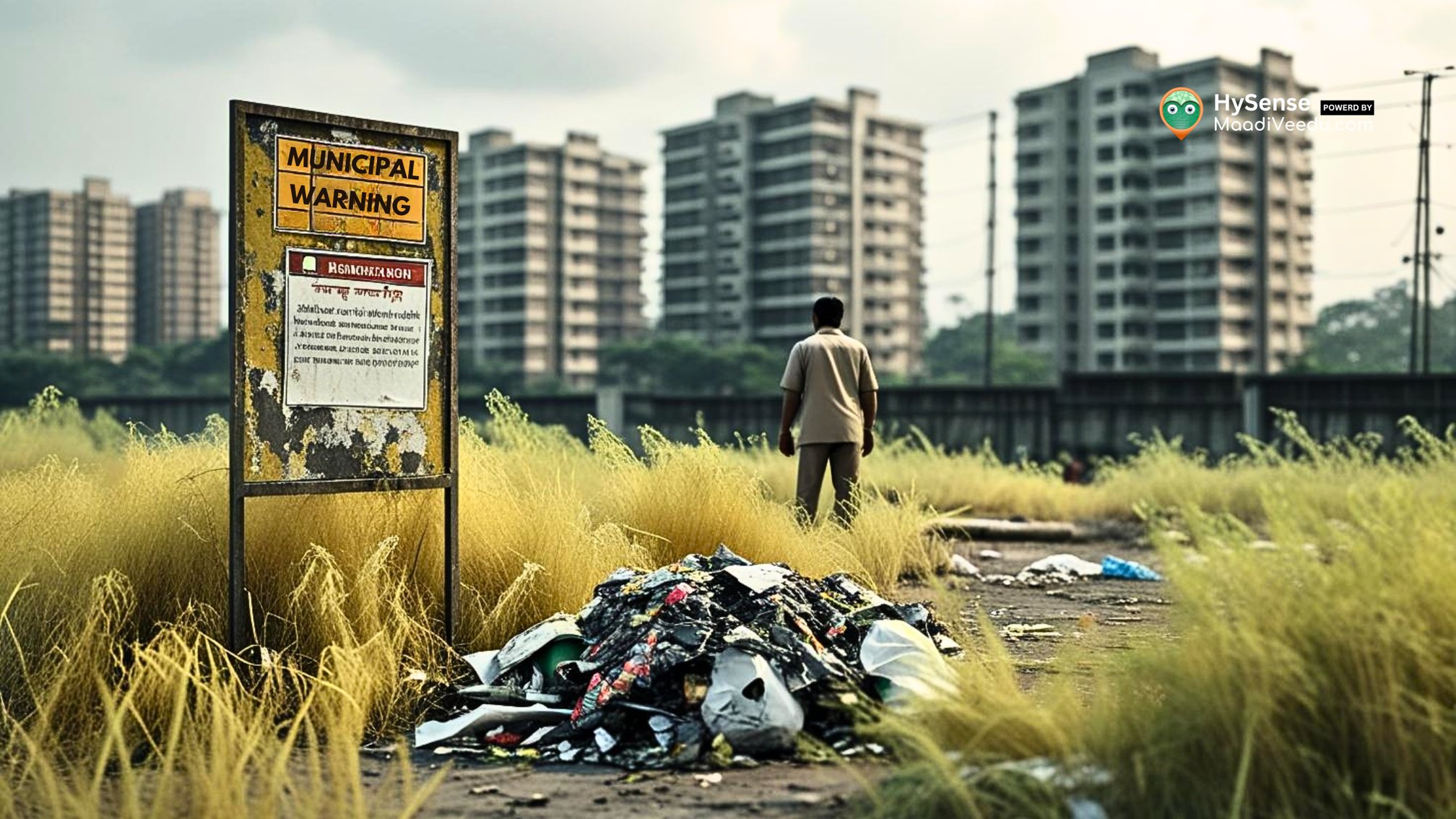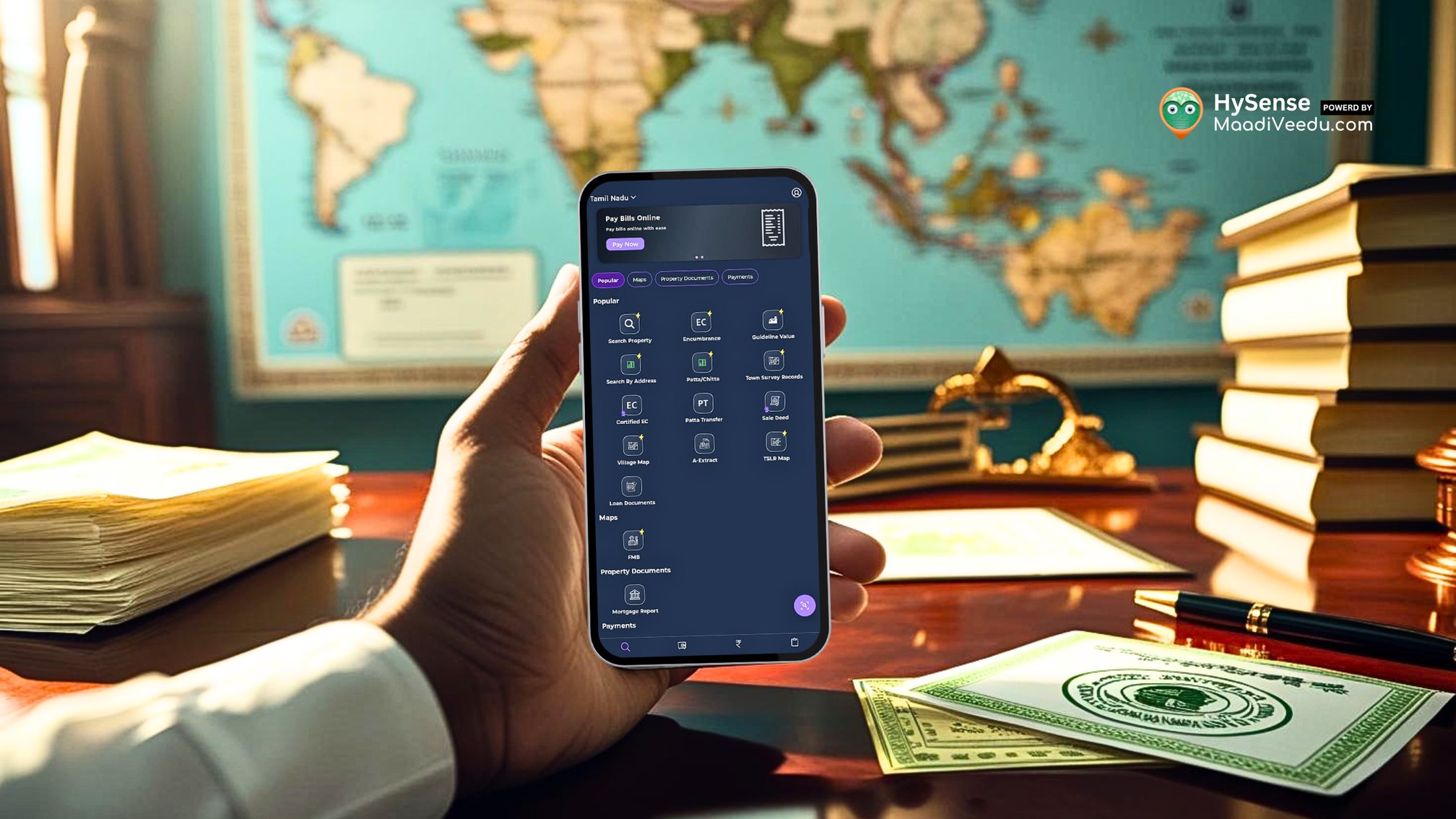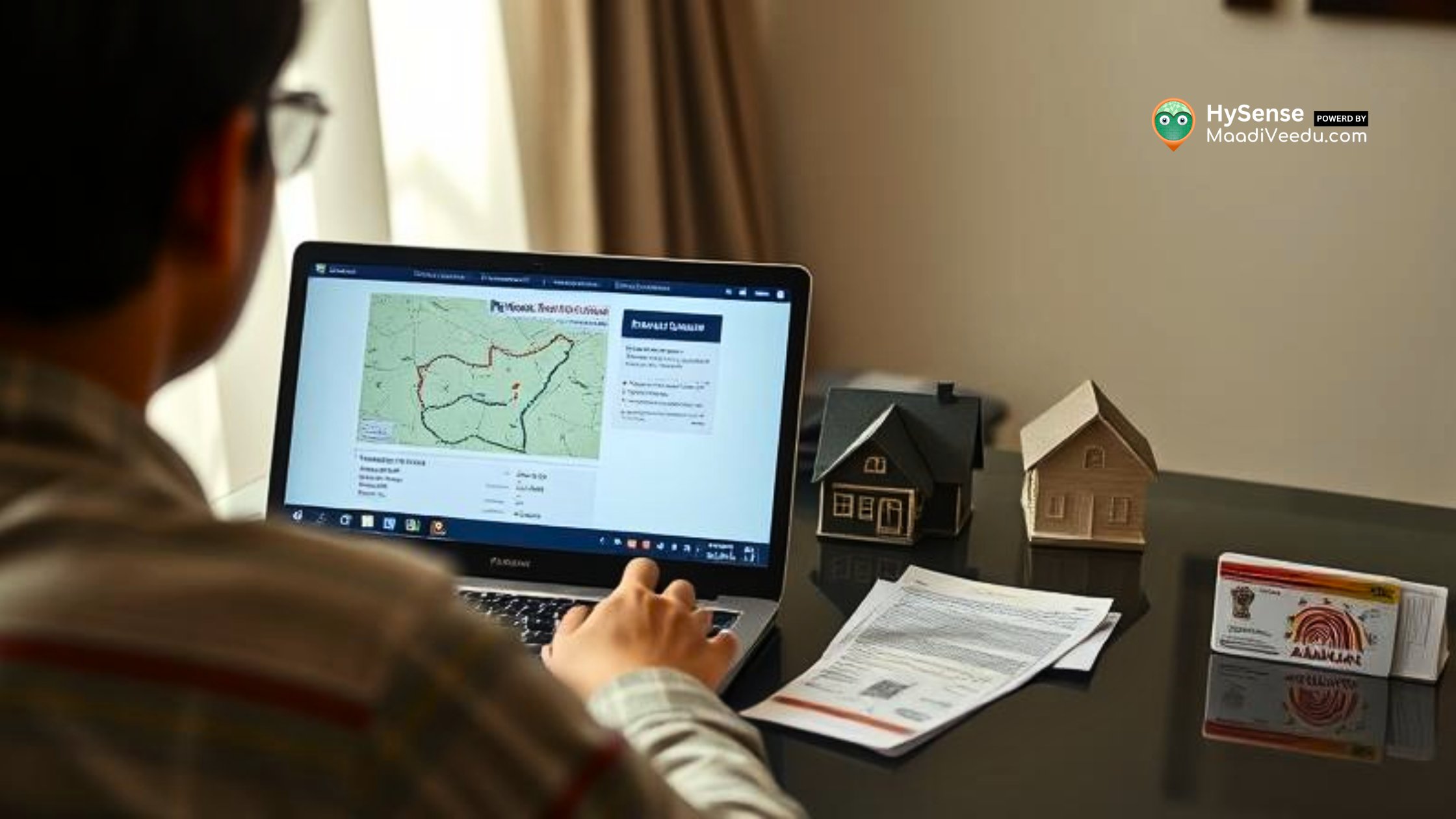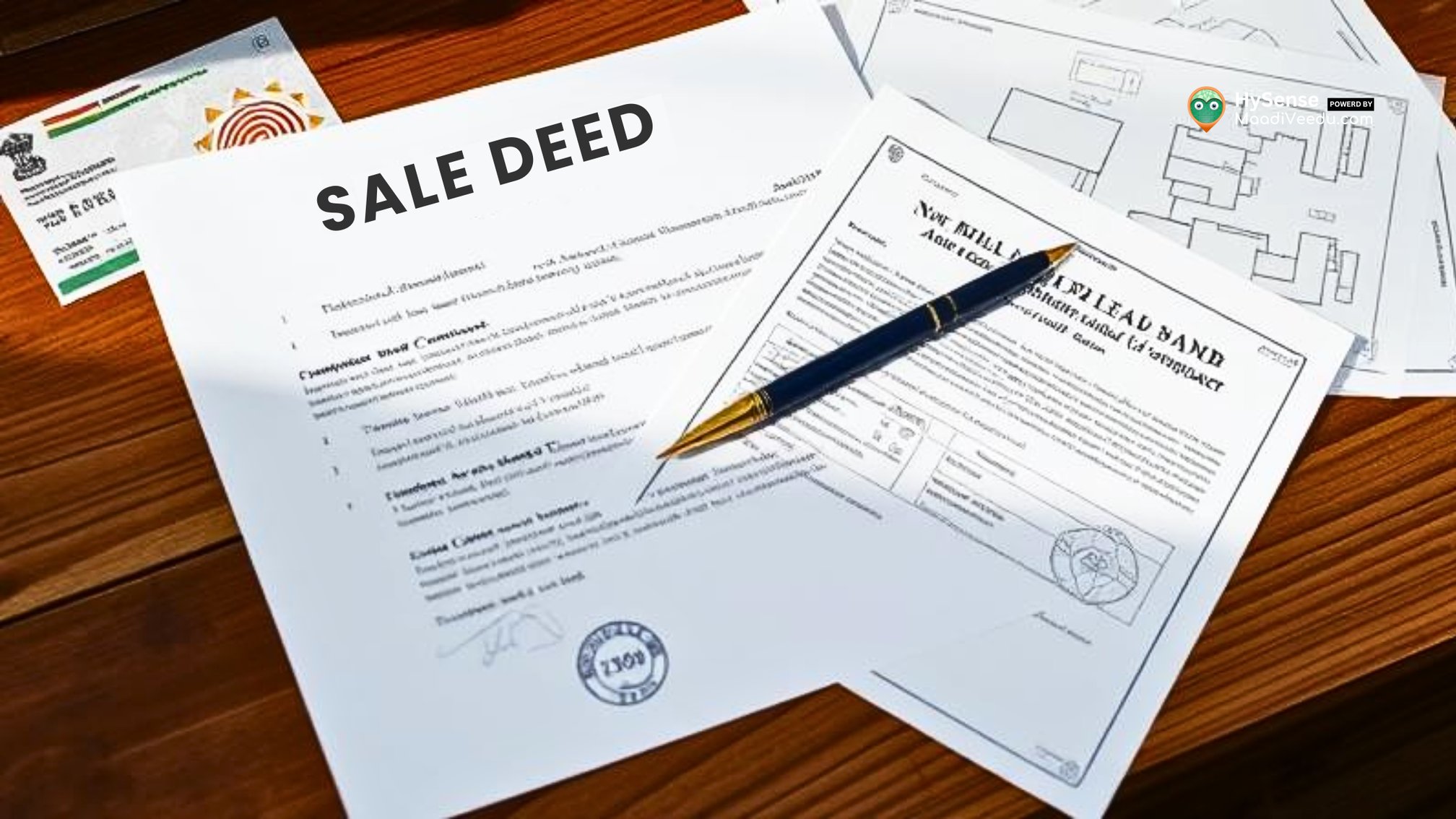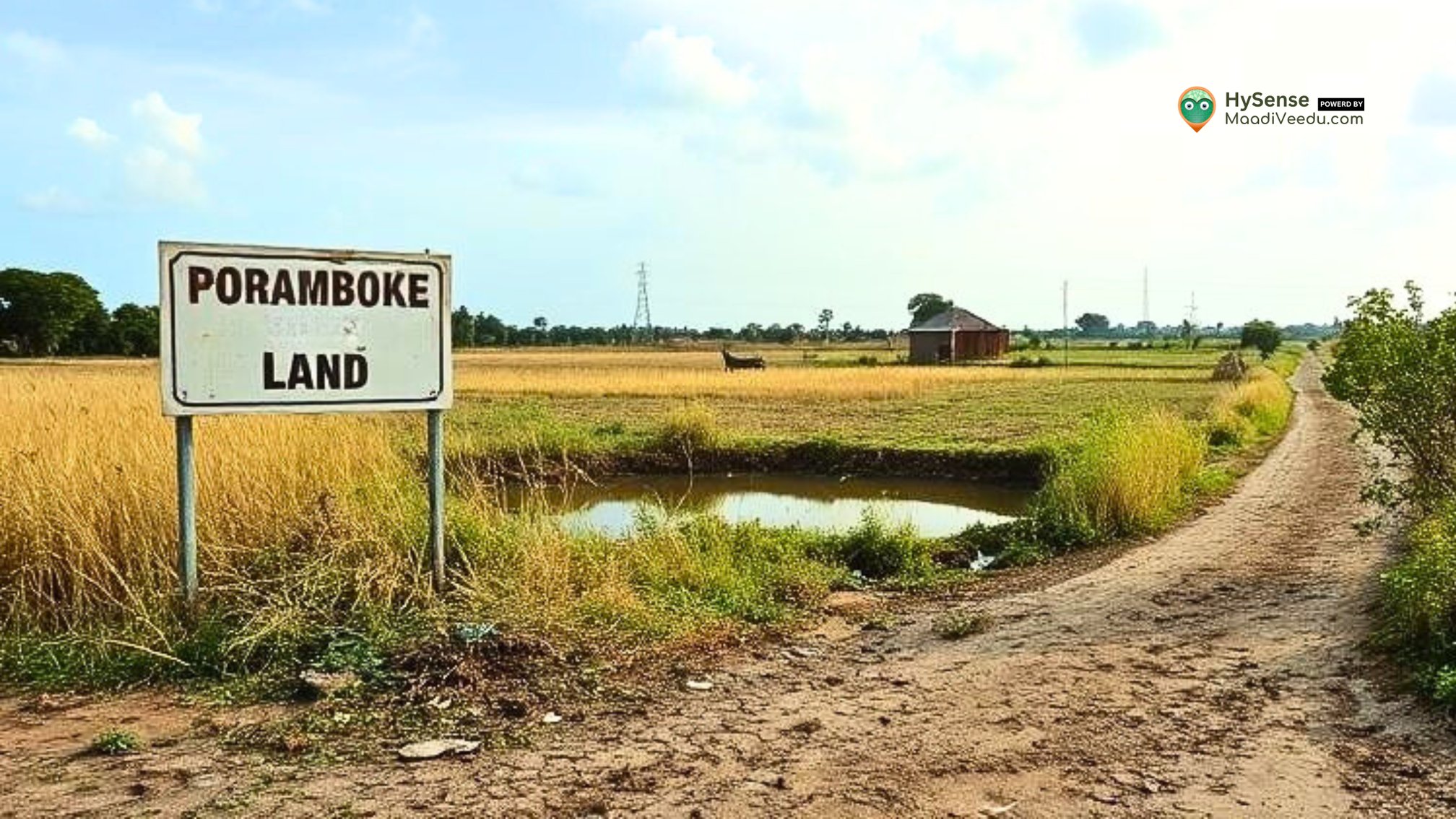Temporary EB Connection for Construction in TNEB – Complete Process, Required Documents & Expert Tips
Get a step-by-step guide on how to apply for a temporary EB connection for new building construction with help from MaadiVeedu.com.

Table of Contents
Need Power at Your Construction Site? Don’t Risk a Delay!
Imagine starting your dream home construction, only to find there’s no power for your tools or lighting. Without electricity, even a single day’s work can come to a halt. Many builders forget this essential first step — and pay the price in project delays, unsafe workarounds, and legal trouble.
Here’s a truth every builder must know — getting a temporary EB connection is just as crucial as laying the foundation.
What You'll Learn in This Blog
- What a temporary EB connection is and why you need it
- Complete step-by-step process to apply
- Documents required (with downloadable checklist)
- Fees, charges, and expert tips to avoid delays
- What to do after construction is over
Planning to start construction soon? Ensure you have a legally approved land and check available plots with active EB access – view current listings here.
What Is a Temporary EB Connection?
A temporary EB (Electricity Board) connection is a short-term power supply offered by the electricity board, specifically for construction sites. It’s used to operate:
- Electrical tools (grinders, welders, drills)
- Water pumps and site lighting
- Machinery and temporary installations
This connection is valid for a limited period (usually 6 months to 1 year) and only for construction use, not for regular residential or commercial power needs.
Why Do You Need a Temporary Connection?
Getting temporary electricity ensures:
- Safe and uninterrupted work at your site
- Compliance with government and EB rules
- Avoidance of unsafe or illegal power tapping
- A smoother transition to permanent connection after construction
Who Issues the Temporary EB Connection?
In Tamil Nadu, it’s issued by TANGEDCO (Tamil Nadu Generation and Distribution Corporation Limited).
In other states, it’s issued by the respective State Electricity Board (SEB) or DISCOM.
Builders also refer to it as a construction power connection.
Step-by-Step Process to Get a Temporary EB Connection
Step 1: Calculate Power Requirement
Start by calculating your total power load requirement:
- Small construction: 3–5 kW (single-phase)
- Larger projects: 10–15 kW or more (three-phase)
✅ Single-phase: For loads up to 5 kW
✅ Three-phase: For heavy loads above 5 kW
Take help from a licensed EB contractor or electrician to avoid errors.
Step 2: Prepare All Required Documents
Having the correct documents ready ensures fast approval.
Facing land ownership confusion or legal trouble? Don’t delay—read our expert guide on How to Resolve Property Disputes in India for fast, practical solutions.
Step 3: Submit Application to TANGEDCO
- Visit the official TANGEDCO portal or your local EB office
- Fill the application form (with all property and load details)
- Upload scanned copies of all required documents
- Pay application fee and security deposit online or at the counter
Step 4: Site Inspection by EB Official
- An EB officer will visit your site
- They check documents, verify construction status, and inspect site wiring
- Once approved, connection moves to the next stage
Step 5: Installation of Temporary Meter
- Temporary meter is installed
- Power connection is made live for approved load
- You’ll receive meter number and connection details
Step 6: Monitor Usage and Pay Bills Monthly
- Use electricity as per the approved kW load
- Pay monthly bills based on usage
- Avoid overloading, or you may face penalties or disconnection
Step 7: Closing or Converting the Connection
After construction:
- Apply for a permanent EB connection
- Officially close the temporary connection
- Get back your refundable security deposit (if no dues)
⚠️ Not closing it may lead to extra charges or legal notices.
Charges and Fees for Temporary EB Connection
General Charges Explained
Connection-wise Charges (Tamil Nadu – Indicative)
💡 Check TANGEDCO for latest rates based on your load.
Common Mistakes to Avoid
- Incomplete or mismatched documents
- Using the connection beyond approved time
- Exceeding sanctioned load (may lead to disconnection)
- Not converting to permanent connection after construction
- Delaying monthly payments or ignoring site inspections
Expert Tips for Hassle-Free Approval
- Use a licensed EB contractor to fill forms and calculate load
- Prefer online applications for faster approval
- Keep multiple copies of receipts and forms
- Track your application status regularly
- Be available for quick site inspections
- Communicate clearly with local EB office if any issue arises
Summary
A temporary EB connection is essential for safe, legal, and efficient construction work. It avoids power cuts, legal risks, and helps maintain steady project timelines. By following the step-by-step process, preparing the correct documents, and understanding the costs, you can ensure smooth approval and usage.
For more useful real estate and construction tips, visit blog.maadiveedu.com
For property listings, updates, and expert guidance, check out MaadiVeedu.com – your trusted partner in property.
Frequently Asked Questions (FAQ)
1. Can I apply for a temporary EB connection online?
Yes. Use the official TANGEDCO website to apply online.
2. What if construction takes longer than expected?
You can apply for an extension with valid reasons.
3. Is this connection legally mandatory?
Not always mandatory — but strongly recommended for safety, legal use, and smoother project work.
4. How long does the approval take?
Usually 7–15 working days depending on your local EB office.
5. What’s the main difference between temporary and permanent EB connections?
Temporary is only for construction use with limited time; permanent is for regular usage after building completion.

